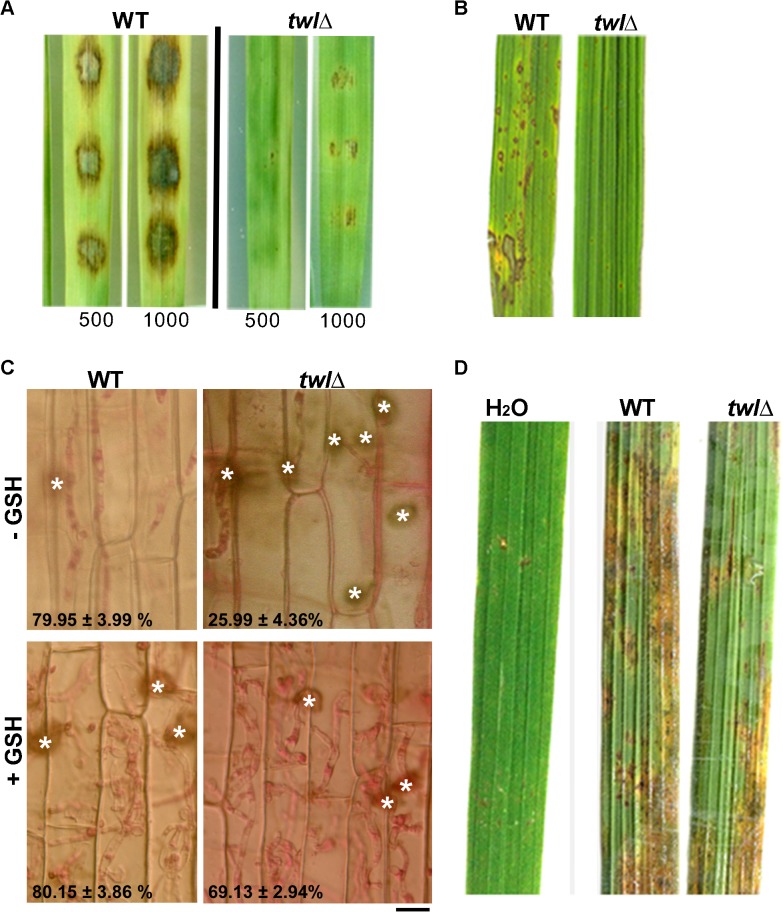Fig 3. Twl facilitates redox homeostasis during M. oryzae pathogenicity.
(A) Barley leaf explants were inoculated with conidia from the wild type or twlΔ. Disease symptoms were assessed after 5 days. Inoculum size (total number of conidia per droplet) is indicated accordingly. (B) Rice leaves from the susceptible cultivar IR31917 were inoculated with conidial droplets from wild type or twlΔ. Symptoms were examined at day 7 post inoculation. (C) Microscopic observation of twlΔ invasive hyphae developing in rice leaf sheath at 48 hpi, stained with 1% acid fuchsin. Mean values ± SE represent percentage of appressoria that differentiate invasive hyphae. Bar = 10 μm. For GSH treatment, L-Glutathione reduced (at a final concentration of 5 mM in water) was added to conidial droplets on rice leaf sheath at 24 hpi. (D) Rice leaves from 3 week-old IR31917 (blast susceptible) seedlings were wounded prior to inoculation with conidial suspension from wild type or twlΔ. The blast disease symptoms were evaluated 7 days post inoculation.

